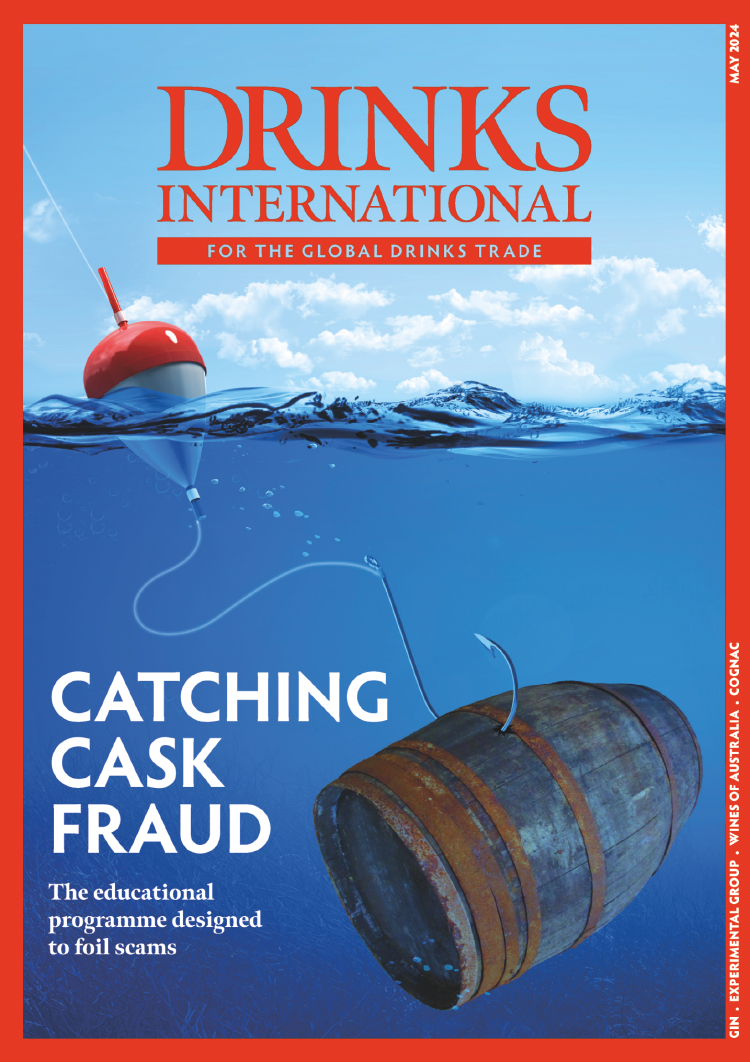“The incredible growth of the category has been fuelled by a reassessment of the benefits tonic can bring to your drinks and a deeper understanding of the botanicals and flavour profiles, much like gin.
“Consumers now understand this and are settling on favourite brands as well as opening their minds to new flavours. Continued innovation – in the form of entrants such as Bermondsey Tonic Syrup, formulated to complement gin – and continued consumer education will be absolutely necessary to maintain growth.”
Consumer understanding on price and premium is also a big challenge for the category.
Jordan Silbert, Q Drinks founder and CEO, says the fault lies with producers offering what they claim to be (and price as) premium tonic water and the product not being any good. “That turns the consumer off and makes them think that premium tonic water is some marketing ploy rather than a way to improve their drink.”
The way to prevent this, it is widely agreed, is to build awareness and educate consumers. But this is sometimes easier said than done.
Capi owner Pitzy Folk says: “It’s a challenge to build awareness that preservatives and chemicals in mixing have a negative effect on your gin and tonic.
“A synthetic tonic is laden with artificial ingredients and will overpower your gin, rather than a natural tonic that will complement your gin of choice. If you’re investing in a premium bottle of gin you want to be able to taste the true profile and nuances with a pure, clean tonic water.”
COCKTAIL CULTURE
Cocktail culture – mainly through the G&T and Moscow Mule – has only strengthened the demand for premium tonics.
“Super-premium gin has demonstrated double-digit growth in the past few years and there has been an increasing number of fast-growing new entrants in the category,” Fever-Tree’s Moreira says.
“There are many echoes of the dynamism we have seen in Europe. The rise of the Moscow Mule has been the real headline from the US and for Fever-Tree this has meant our Ginger Beer grew by more than 90% last year and is now our biggest product in that market.”
With an increasing number of new entrants comes the question of whether the market is nearing saturation point.
For Q Drinks’ Silbert the answer is no, at least in the US. He says: “In the US more than 50% of spirits by dollar volume are premium and premium-plus. But less than 1% of tonic waters are premium (Fever-Tree) or premium-plus (Q Tonic). That doesn’t make sense given that the vast majority of a gin and tonic is the tonic, not the spirit.”
Moreira concurs: “If you compare the percentage of premium penetration of mixers with other categories, it is clear we still have a huge opportunity. This, together with the accelerating trend of mixability across many spirit categories, gives us great optimism for the future.”
Fentimans’ Jackson is more cautious and says saturation point is a danger. But he adds that brands with a compelling story to tell, which consumers trust, will continue to keep the interest of increasingly savvy consumers. “Brands that are hollow, with an artificial back story, will struggle to compete and maintain their premium status,” he says.



